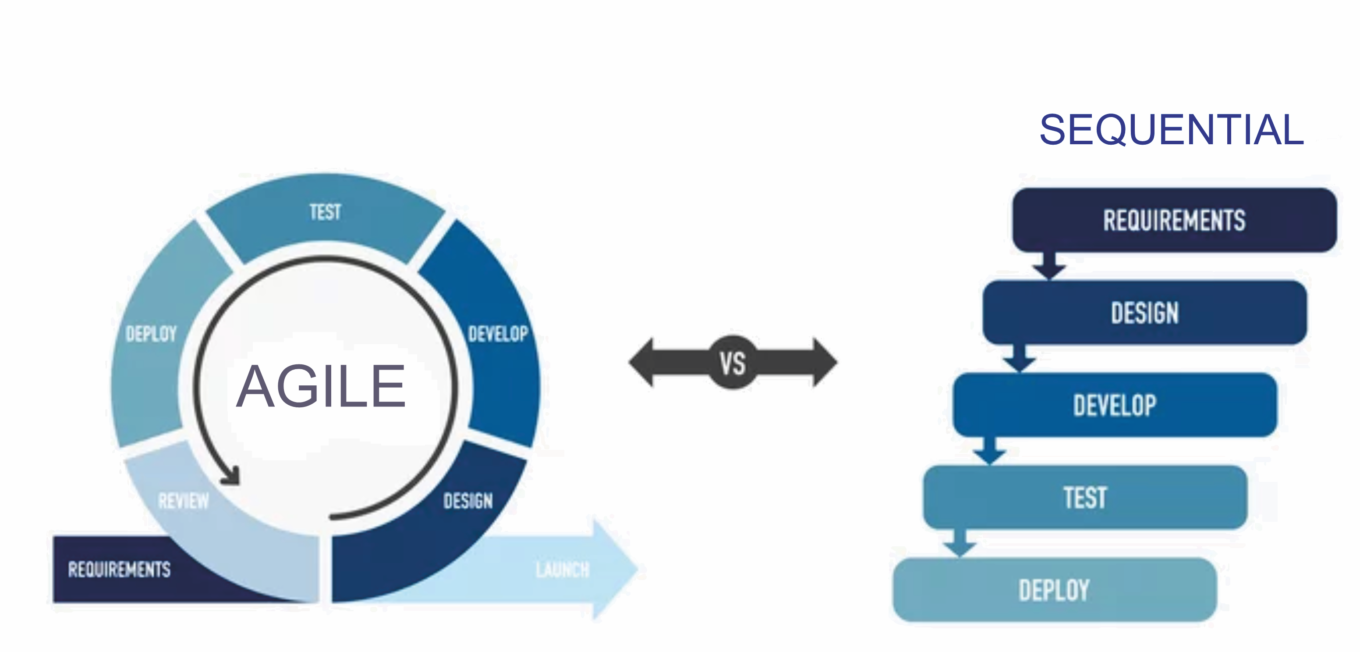In the first of a series of blogs on Testing in Agile, featuring excerpts from our ISTQB Foundation Agile Tester course, we discuss how the approach to testing on an Agile team differs from that of testing on a project using a sequential methodology.
Certain test activities are related to specific development activities. This means that the testing that takes place in different lifecycles may also be different. For testers to be able to work efficiently and effectively It is important to understand the differences between testing in traditional, lifecycle models (such as the sequential waterfall and V-model, or the iterative Rational Unified Process) and Agile lifecycles.

Agile methodologies differ in many ways including:
- How testing and development activities are integrated
- The nature of project work products produced
- Names given to particular work products
- The entry and exit criteria definitions used for various levels of testing
The way dev/test lifecycles are implemented in different organisations can vary significantly. Not all organisations adhere strictly to the ideals or all the principles of Agile. The digression or divergence from absolute adherence to the Agile principles may be a result of appropriate adaptation and customisation.
Adapting and adjusting to the special context or needs of a particular project or product, is something that developers need to do, and it most likely follows that testing (and testers) will also need to modify their practices as a result. The clue is in the name “Agile”. Testing needs to be agile in being able to change its organisation and processes when necessary.
There is little point in adhering 100% to Agile principles and practices if the product fails or is too late at the end of the day. Developers and testers need to be pragmatic. This “agility”, being able to adapt, is a key success factor for testers. However it’s also important to note that being agile doesn’t mean doing whatever you want in an unstructured way and labelling it as “Agile” to avoid structuring or documenting work. True agility relies on discipline (ask any Yoga or Martial Arts expert!) and teams can’t be disciplined if they don’t share common goals and practices that are well understood and socialised.
For more information on our self-paced learning, check out our available courses


Leave a Reply